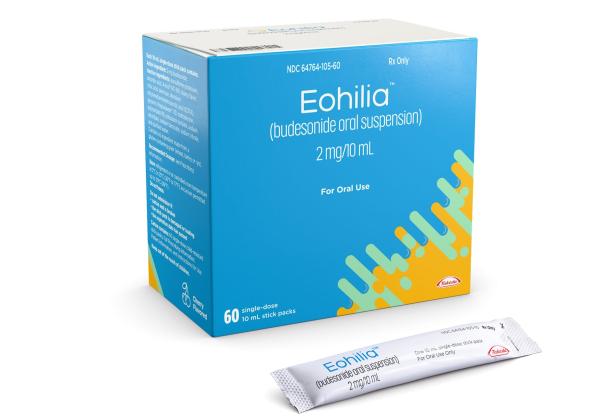Eohilia Interactions
There are 573 drugs known to interact with Eohilia (budesonide), along with 7 disease interactions, and 1 alcohol/food interaction. Of the total drug interactions, 71 are major, 476 are moderate, and 26 are minor.
- View all 573 medications that may interact with Eohilia
- View Eohilia alcohol/food interactions (1)
- View Eohilia disease interactions (7)
Most frequently checked interactions
View interaction reports for Eohilia (budesonide) and the medicines listed below.
- acetaminophen
- acetaminophen / hydrocodone
- Adderall (amphetamine / dextroamphetamine)
- albuterol
- Alcohol (contained in alcoholic beverages) (ethanol)
- Allegra (fexofenadine)
- amlodipine
- ashwaganda
- Aspirin Low Strength (aspirin)
- azelastine / fluticasone nasal
- Benadryl (diphenhydramine)
- BuSpar (buspirone)
- colchicine
- cyclobenzaprine
- Dupixent (dupilumab)
- famotidine
- gabapentin
- l-methylfolate
- l-theanine
- magnesium glycinate
- melatonin
- metformin
- Metoprolol Succinate ER (metoprolol)
- Mucinex (guaifenesin)
- omeprazole
- ondansetron
- spironolactone
- Tylenol (acetaminophen)
- Vitamin D3 (cholecalciferol)
- Voltaren Arthritis Pain Gel (diclofenac topical)
Eohilia alcohol/food interactions
There is 1 alcohol/food interaction with Eohilia (budesonide).
Eohilia disease interactions
There are 7 disease interactions with Eohilia (budesonide) which include:
- hepatic impairment
- infections
- lactose intolerance
- ocular herpes simplex
- ocular toxicities
- osteoporosis
- hyperadrenocorticism
More about Eohilia (budesonide)
- Eohilia consumer information
- Compare alternatives
- Pricing & coupons
- Reviews (1)
- Drug images
- Side effects
- Dosage information
- During pregnancy
- FDA approval history
- Drug class: glucocorticoids
- Breastfeeding
- En español
Related treatment guides
Drug Interaction Classification
| Highly clinically significant. Avoid combinations; the risk of the interaction outweighs the benefit. | |
| Moderately clinically significant. Usually avoid combinations; use it only under special circumstances. | |
| Minimally clinically significant. Minimize risk; assess risk and consider an alternative drug, take steps to circumvent the interaction risk and/or institute a monitoring plan. | |
| No interaction information available. |
See also:
Further information
Always consult your healthcare provider to ensure the information displayed on this page applies to your personal circumstances.


